I have limited time today to write a blog post and last night I was…
Kyoto Report 2024 – 7
This Tuesday report will provide some insights into life for a westerner (me) who is working for an extended period at Kyoto University in Japan. This is my final report for 2024 as my working time at the university is completed for another year and we will resume these reports in 2025 when I return.
Localism
One of the things that is very apparent when one lives for a period in Japan is the prevalence of small-scale manufacturing operations.
I was talking to a friend in Kyoto the other night and he explained how the traditional tatami manufacturers are all local and serve a relatively small area.
I had taken this photo of such an operation just near my house in Kyoto and then read up a bit on the process.
The modern tatami mats are now substituting rice straw as the filling with polystyrene.
And the imported mass-produced Chinese mats are inferior to the mats produced in these small-scale plants in Kyoto – they are not as durable and quickly break up.
The local nature of the small-medium enterprises in Japan is giving the government a headache.
The average age of the owners is over 70 years and there is no tradition of selling off these businesses to non-family members.
And the kids these days also do not want to take over the businesses from their parents, which means that many such operations are closing as the owners get too old to run them.
I am waiting for my wish to come true
The other day, I rode out to the Buddhist – Shinshō Gokuraku-ji (Shinnyo-dō) Temple – which is near to where I live in North Kyoto on the Eastern side of the Kamogawa river.
We sat in the garden and had some bread for lunch and reflected on the peace that exists within the extensive grounds of the Temple.
The temple is a magnificent structure and within the main buildings (cost ¥1,000 to enter) are many treasures and art works including the 真如堂縁起 (Shinnyo-do Engi), 大涅槃図 (Dai Nehanzu, Great Nirvana), and the 観経曼荼羅 (Kankyo Mandala, Kannon Sutra Mandala).
The time spent within the buildings was really worth it.
The three-story pagoda was a really beautiful structure.
In the garden to the East, one sees the layered structure of the garden giving way in the distance to a beautifully framed view of the peaks of the Higashiyama mountains.
Outside, we encountered a long cloth cable that led all the way to the altar where the – Amitābha – sits.
Amitābha is the Buddha in Pure Land Buddhism, which is one of the five Cosmic Buddhas in Esoteric Buddhism.
I shook the cable as instructed and made a wish.
Now I am waiting for it to come true!
The statue of Amitābha in the main building of the temple was created on nearby Mount Hiei during the – Heian period – which ran from 794 to 1185.
This period began when the Emperor moved the imperial capital to Heian-kyō (Kyoto).
Heian translates to peace.
The statue is carved from a single piece of wood and is the oldest standing depiction of the Amitābha in existence.
The altar is only open once a year on November 15.
Cakes
When in Kyoto, one has to become a cake eater.
Let them eat cake carries good connotations.
Last week, to celebrate our good luck in being able to live in such a nice place, we visited – Mogu Kyoto – which is a cake shop in the Marutamachi area, not far from our house.
Talk about over-the-top!
Perfect.
Old Toyota
One of my long runs in the morning takes me across the Kamogawa River via the Konoe Bridge and then West to the Imperial Gardens.
Running along the Gardens is a quiet street and I have regularly spied this old car in a garage in a house on that street.
So I was curious about its origins and took a photo or two.
It is an old Toyota but was not part of its export drive (which started in the mid-1960s with the Corolla).
I asked a few people about its origins and they were none the wiser.
It is a version of the original Toyota passenger vehicle the – Toyota AA – which was first produced in 1935.
The model evolved into the AB and AC versions over the next several years.
I think this particular model is from the retro models that Toyota built in the 1990s in the form of the – Toyota Classic – which was first produced in 1996.
Only 100 of them were produced and so this example is very rare.
The owner has money though given there are golf clubs in the garage as well, and to play golf in Japan is not for the low-paid.
The colours of the season
I remarked in last week’s report how the seasonal changes are now very blurred in Kyoto with the Autumn colours very late.
Late last week, I rode out to the Botanical Gardens in North Kyoto and saw that in the last week, the change is coming.
About 6 weeks later than in the past.
What one discovers while out on a bike in Kyoto
We often go for a long ride after work on dusk, typically through the northern areas around the two rivers.
Usually there is no particular plan other than to pick up an eggplant or some miso to cook with and then meander through the narrow streets and observe behaviour and architecture.
The other night I stumbled on a garden, which is part of a Temple and Cemetery in Teramachi-dori.
The Temple was built in 1224 in the Western mountains near Kyoto and when the family who built it fell out of favour, it was moved (whole) to the current site in the Shingoryoguchicho (新御霊口町) district in the Kita Ward of North Kyoto.
How they moved the whole site is another story.
The Saion-ji Temple – has a beautiful and quiet garden and if one stands at the gate and looks through to the distance Mt Hiei is perfectly framed (by design).
The principle of Japanese gardening of that era was to bring nature back into a micro scale and then project out to a macro perspective.
This garden is one of the great examples of that form of Nishiwa and I am surprised I have never stopped before to learn about it when I have been riding in the vicinity.
The lesson is that no matter how many times one travels to a place and lives there for extended periods, there is always something new to encounter and learn about.
Airport robot
I flew out of Haneda (Tokyo) and while waiting for the flight I met this robot which collects plates and cutlery in the eating area of the ANA lounge.
It darts here and there and seems to know its way round.
This is my last Kyoto Report for 2024.
I am always very sad to leave and am thankful for the privilege I enjoy being able to live and work in Kyoto each year.
The Report will resume in 2025 when I return.
That is enough for today!
(c) Copyright 2024 William Mitchell. All Rights Reserved.
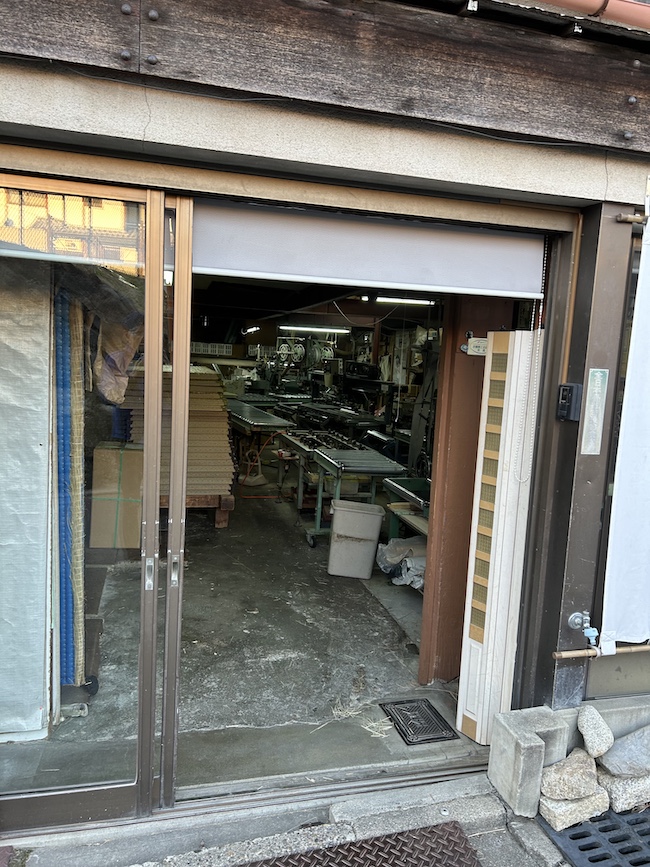
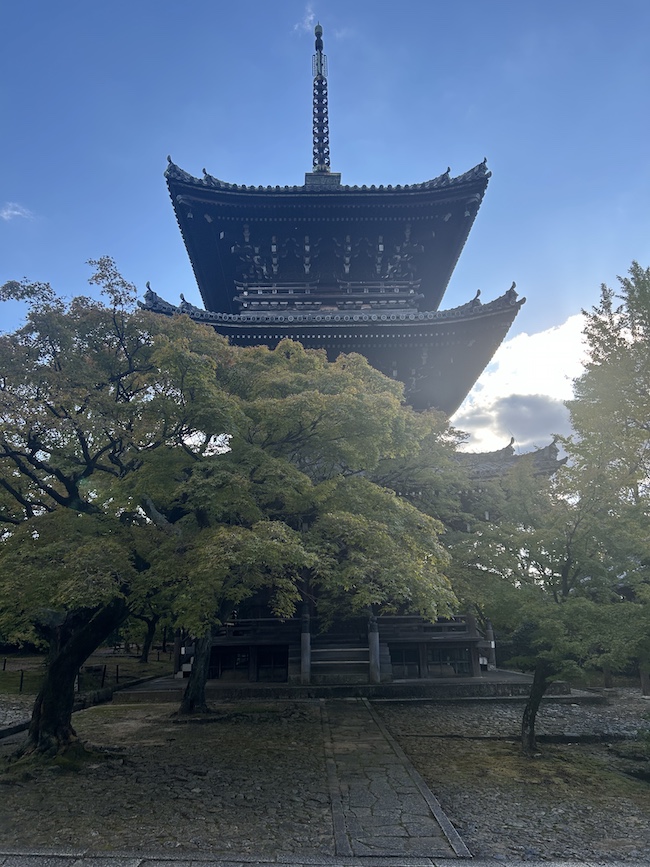
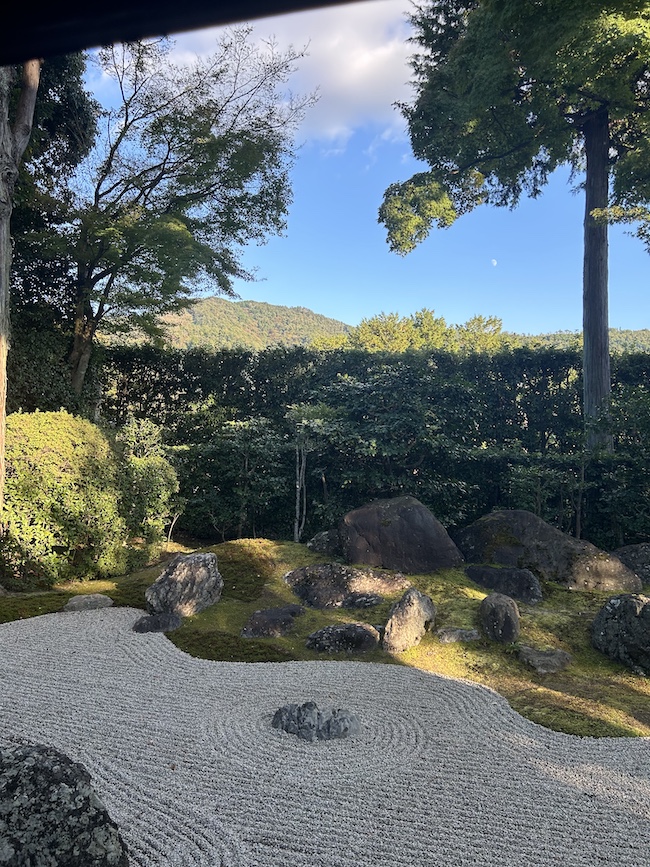
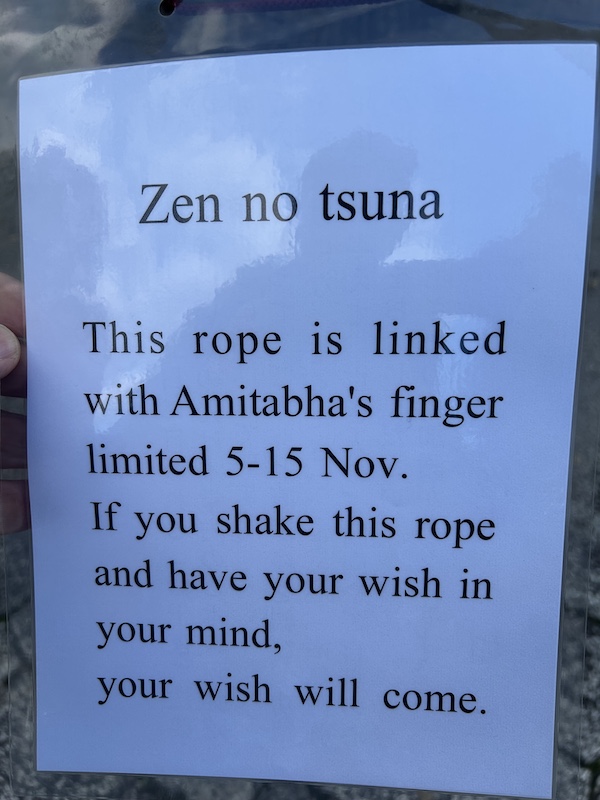
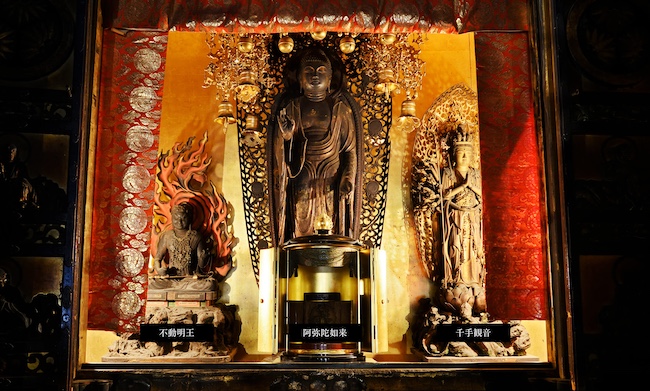
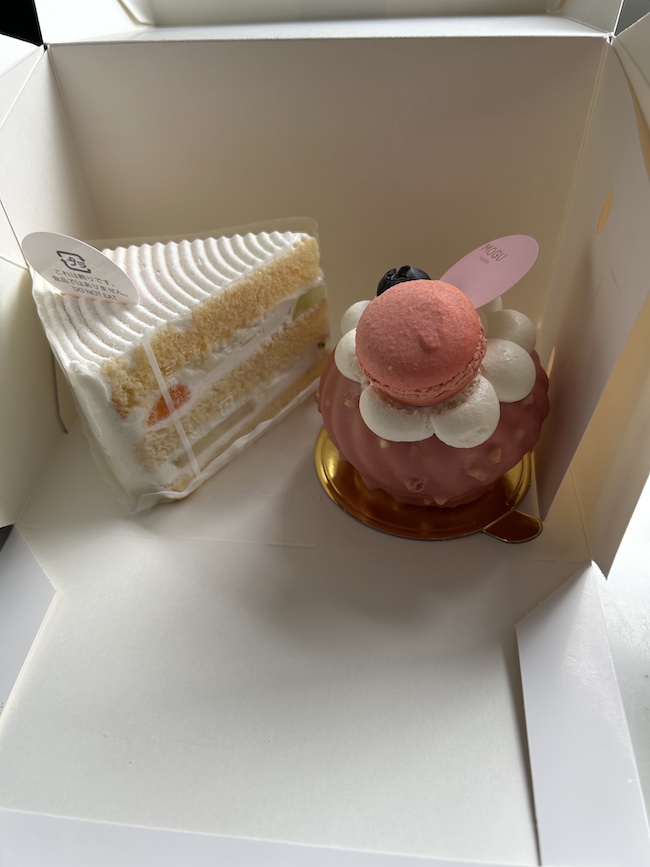
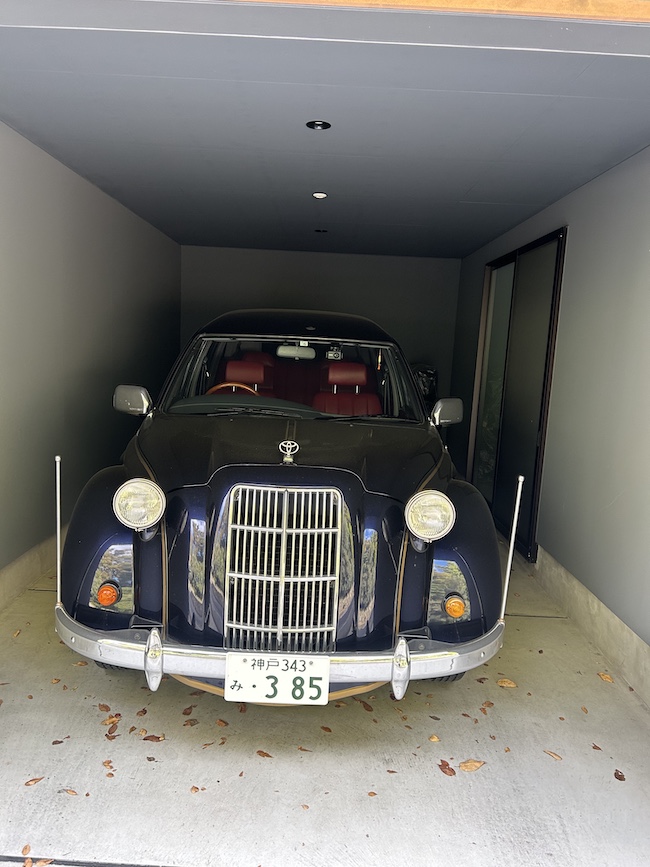
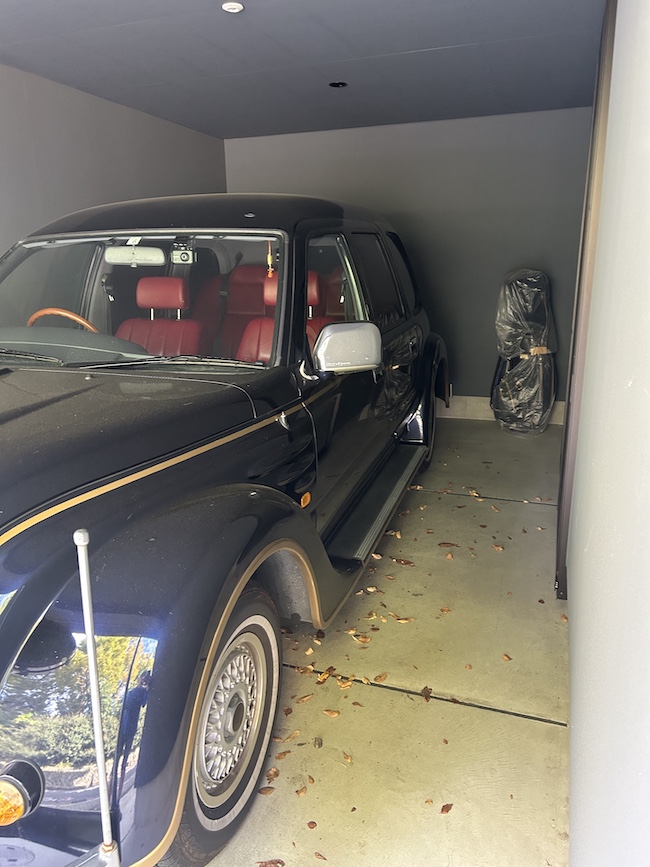
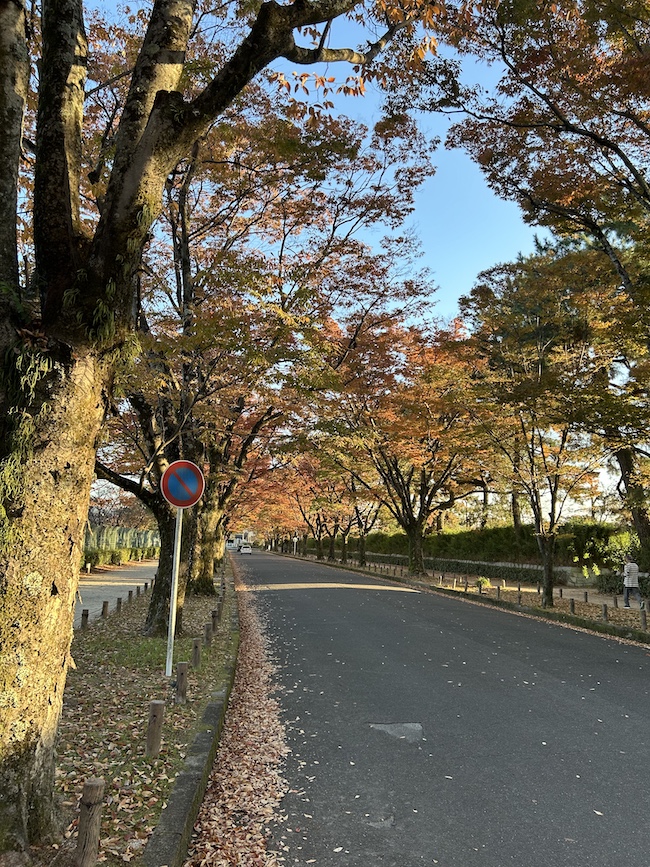
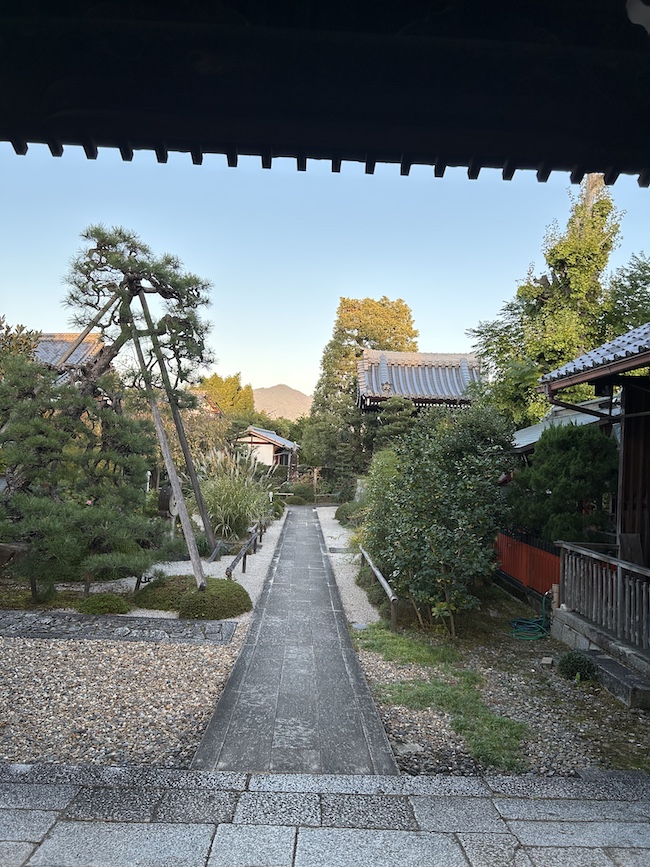
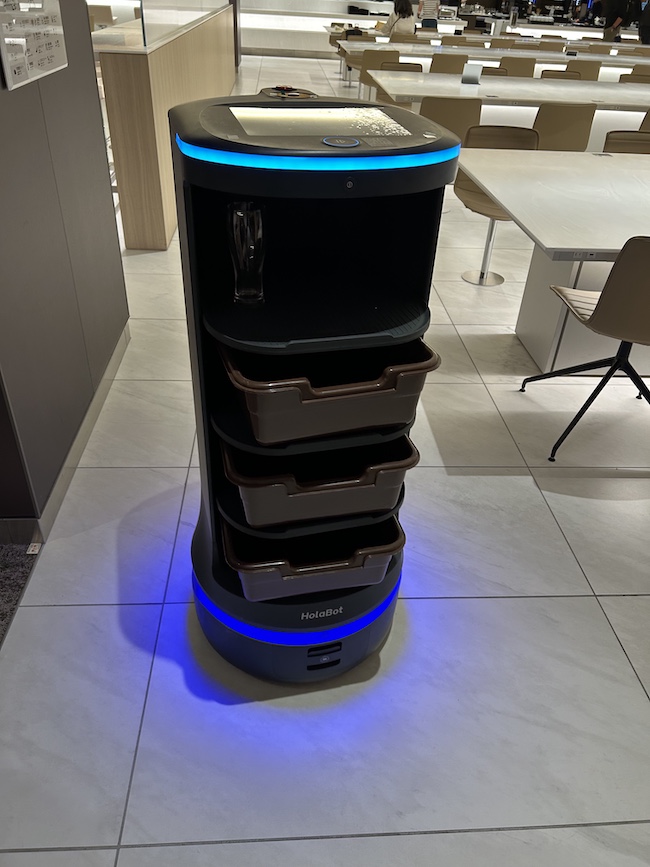
This Post Has 0 Comments